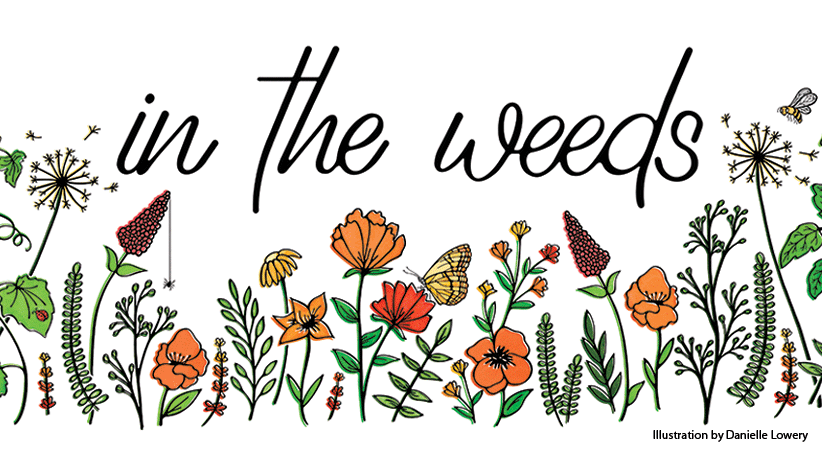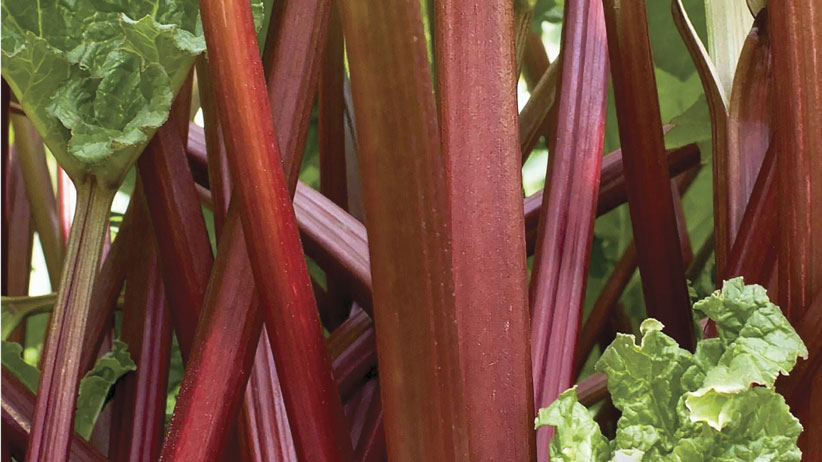Extend your vegetable harvest
While your baskets are filling with long-awaited tomatoes, zucchini and peppers, you might not be thinking about the months to come. But the garden season doesn’t have to end when the weather cools off. Midsummer is the perfect time to start plants for a second harvest. Here are five crops you can grow right now and enjoy in a couple of months. Happy harvesting!
You Might Also Like:
Best Places to Buy Garden Seeds Online
Calculate How Many Vegetables to Plant
Cool-Season Vegetables to Plant in Fall
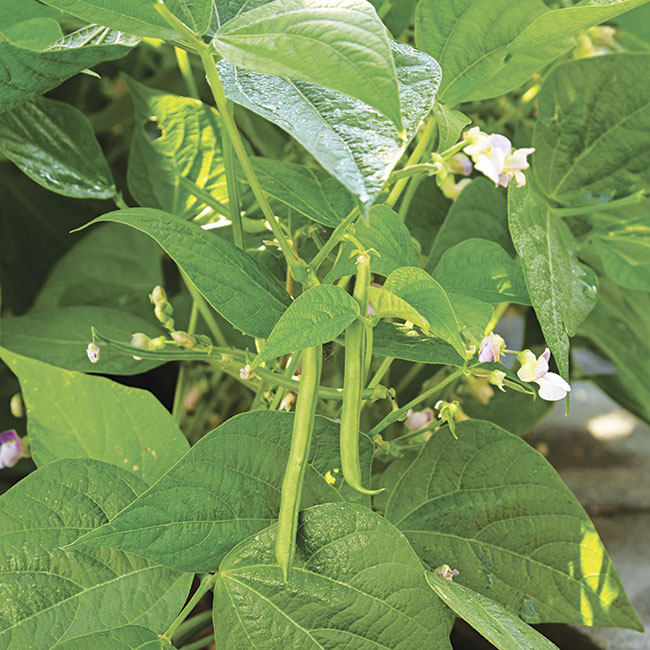
Bush Beans (Phaseolus vulgaris)
Bush beans are super easy to grow, don’t require trellising like pole beans do, and mature faster. This makes them perfect for a second quick crop before a frost shuts them down.
When to plant
Depending on the variety, bush beans take 50 to 60 days to mature, so to give yourself time to harvest, count back at least 75 days from your average first frost date to find the best time to plant seeds. They germinate best between 70 and 80 degrees F. If you’re going through a hot, dry spell when it’s time to plant, you might choose to start seeds indoors and transplant seedlings into the garden when outdoor temps are regularly between 65 and 85 degrees F.
Which varieties to grow
Look for bush bean varieties with shorter maturity times, such as ‘Tenderpod’, which takes 50 to 55 days from germination to maturity. Varieties with the word “early” in the name are usually good choices for a fall crop.
Bush bean growing tips
Expect to harvest bush beans for up to 2 weeks. If a light frost is in the forecast, protect plants by covering them with landscape fabric and mulching the roots.
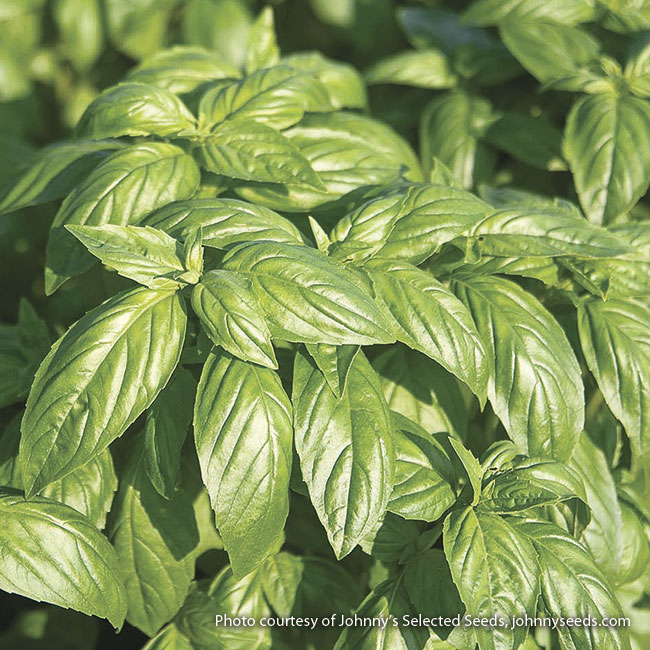
Sweet basil (Ocimum basilicum)
By midsummer, basil is usually sending up flowers and setting seed. Although basil isn’t a cool-season crop, now is the perfect time to plant another round so you can keep the harvest going until temperatures regularly drop below 50 degrees F, when plants start to decline.
When to plant
If you start seeds, sow them 60 to 90 days before you want to harvest, depending on the variety. If you can keep the seed bed moist, sow directly in the garden. If not, start them indoors and move transplants outdoors later when seedlings have emerged. Even easier, just pick up a few packs of seedlings from the garden center and plant them in the garden in summer so you can keep harvesting into fall.
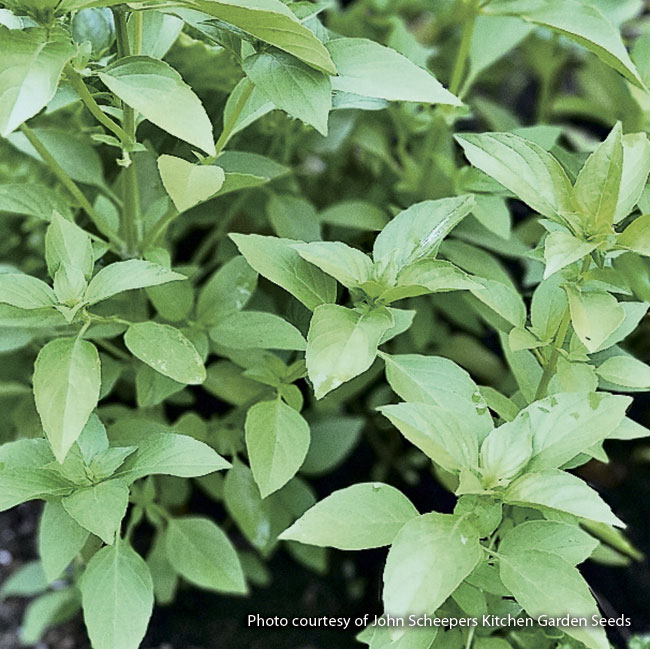
Which varieties to grow
Lemon basil (Ocimum basilicum var. citriodorum) and ‘Purple Ruffles’ (Ocimum basilicum var. purpurascens) are two of the best cool-weather performers and can handle temperatures below 50 degrees F.
Sweet basil growing tips
Plant in a warm, sunny spot and apply a 2-inch layer of mulch to the base of the plant to help keep soil and roots warm when air temperatures begin to drop. Or grow basil in pots and bring plants indoors to keep them going longer.
Related Links:
Basil growing tips
How to Avoid Basil Downy Mildew
Ideas for Growing Herbs in Pots
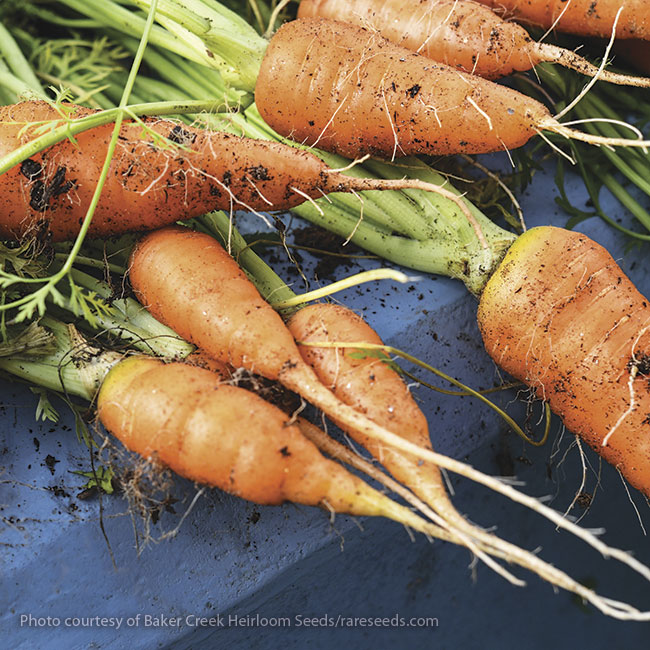
Carrots (Daucus spp. and hybrids)
Carrots thrive in cooler temperatures and are tolerant of frost. While their green tops might take a hit from the cold, the roots will keep growing, and they actually taste sweeter after a light frost. Just make sure to wrap up your harvest before night temperatures are regularly 28 degrees F or below, because after that, the roots become hard and bitter.
When to plant
Starting in midsummer, sow seeds every week until 6 to 8 weeks before your average first frost date.
Which varieties to grow
Grow fast-maturing carrot varieties that take 45 to 65 days from seed to harvest, such as ‘Napoli’, ‘Royal Chantenay’, ‘Little Finger’ and ‘New Kuroda’.
Carrot growing tips
Plant carrots in loose soil in an area that receives full sun. Keep your soil moist and cool by applying a 6-inch layer of straw after germination so the seedlings don’t dry out.
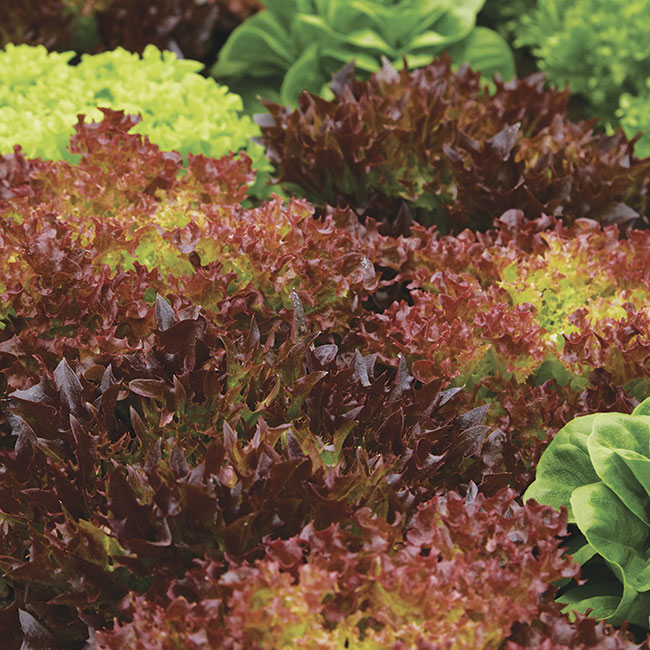
Lettuce (Lactuca sativa)
Lettuce is a great fall crop because of its ability to handle temperatures as low as 32 degrees F before plants succumb to the cold.
When to plant
Lettuce grows best between 45 and 65 degrees F, and typically only needs 30 to 70 days from seed to harvest. This means you can wait a little longer to start them than some of the other plants here. Keep in mind that seeds germinate best when soil temperatures are between 70 and 75 degrees F, so as the weather cools off in fall, you might want to start them indoors and set plants in the garden once they’re established.
Which varieties to grow
All types of lettuce are fast growers and good candidates for fall planting and harvest. Try varieties like ‘Red Incised’, ‘Green Butter’ and ‘Red Sweet Crisp’.
Lettuce growing tips
Add an inch or two of organic mulch, such as straw, after seeds have germinated or after you set transplants out to keep soil temperatures cool and moist. This also helps protect plants from last-minute heat waves. If you’re expecting a light frost (28 to 32 degrees F), cover the lettuce with burlap, landscape fabric or row cover to protect plants from frost damage.
You Might Also Like:
Grow Greens in this DIY Vertical Planter
5 Great Reasons to Grow Peas
Grow Your Own Greens
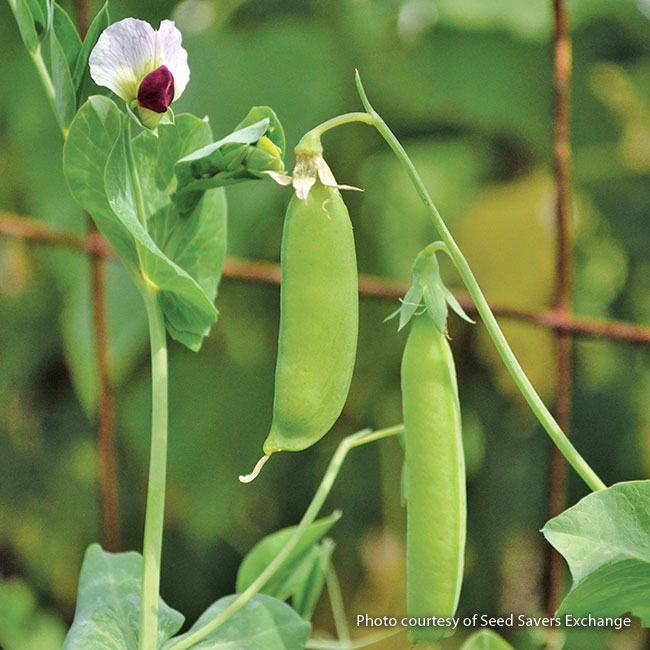
Snow peas (Pisum sativum)
You should be able to continue to harvest snow peas until the first frost, but the harvest will slow down as days grow shorter through fall.
When to plant
Seeds germinate best between 45 and 75 degrees F, and plants grow best between 55 and 65 degrees F. Count back 70 days from your first predicted frost date to decide when to plant. Snow peas are heat sensitive: If outdoor temperatures are still warm, provide extra shade using a row cover.
Which varieties to grow
Snow peas take 50 to 60 days to mature but they can be enjoyed at any stage, which gives you a longer harvesting window. Eat them when they are young and tender or wait until they mature.
Snow pea growing tip
In late fall, protect them from frost damage by covering with burlap or landscape fabric.














